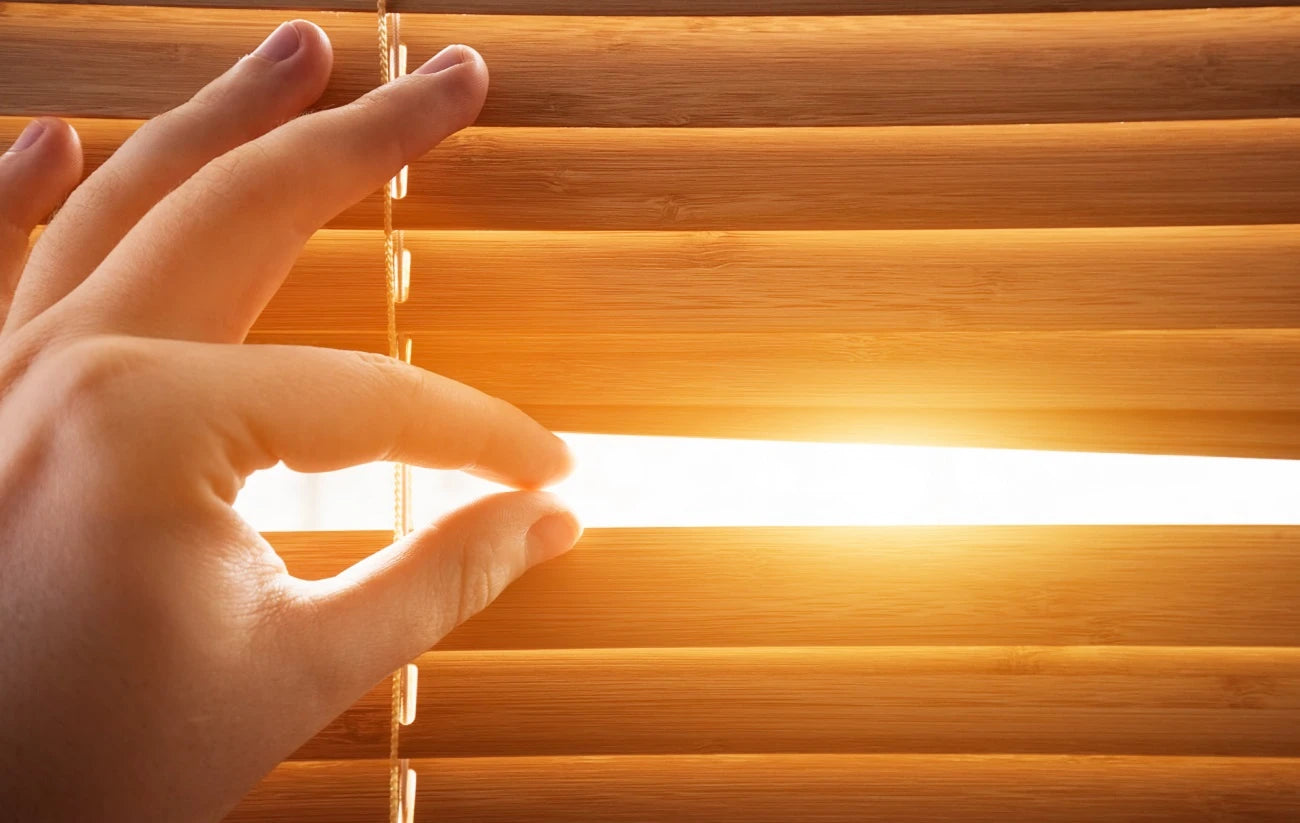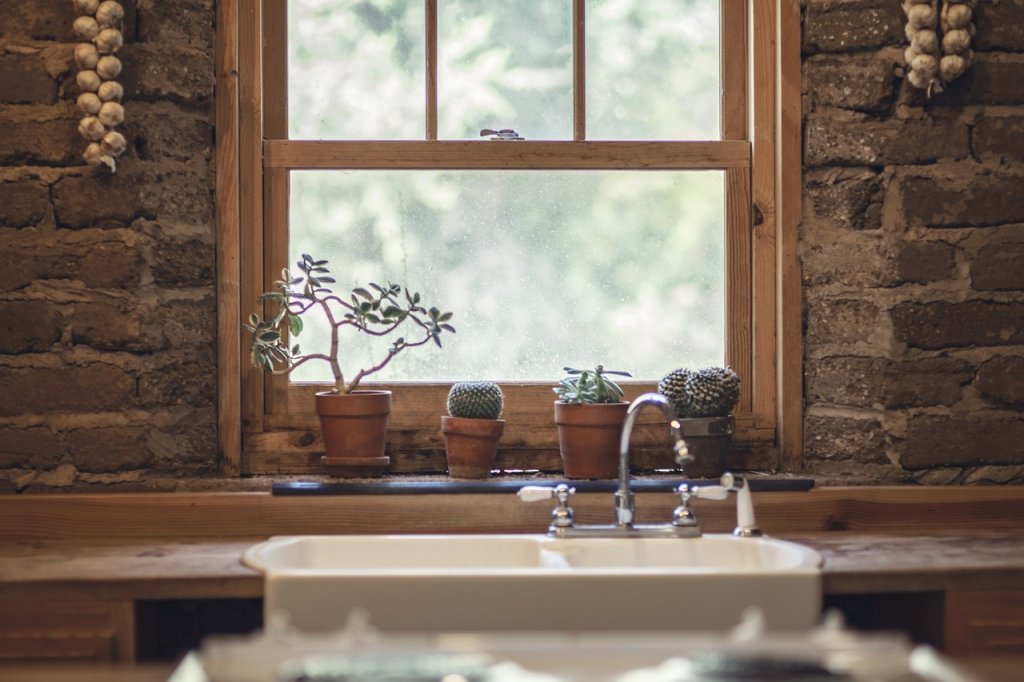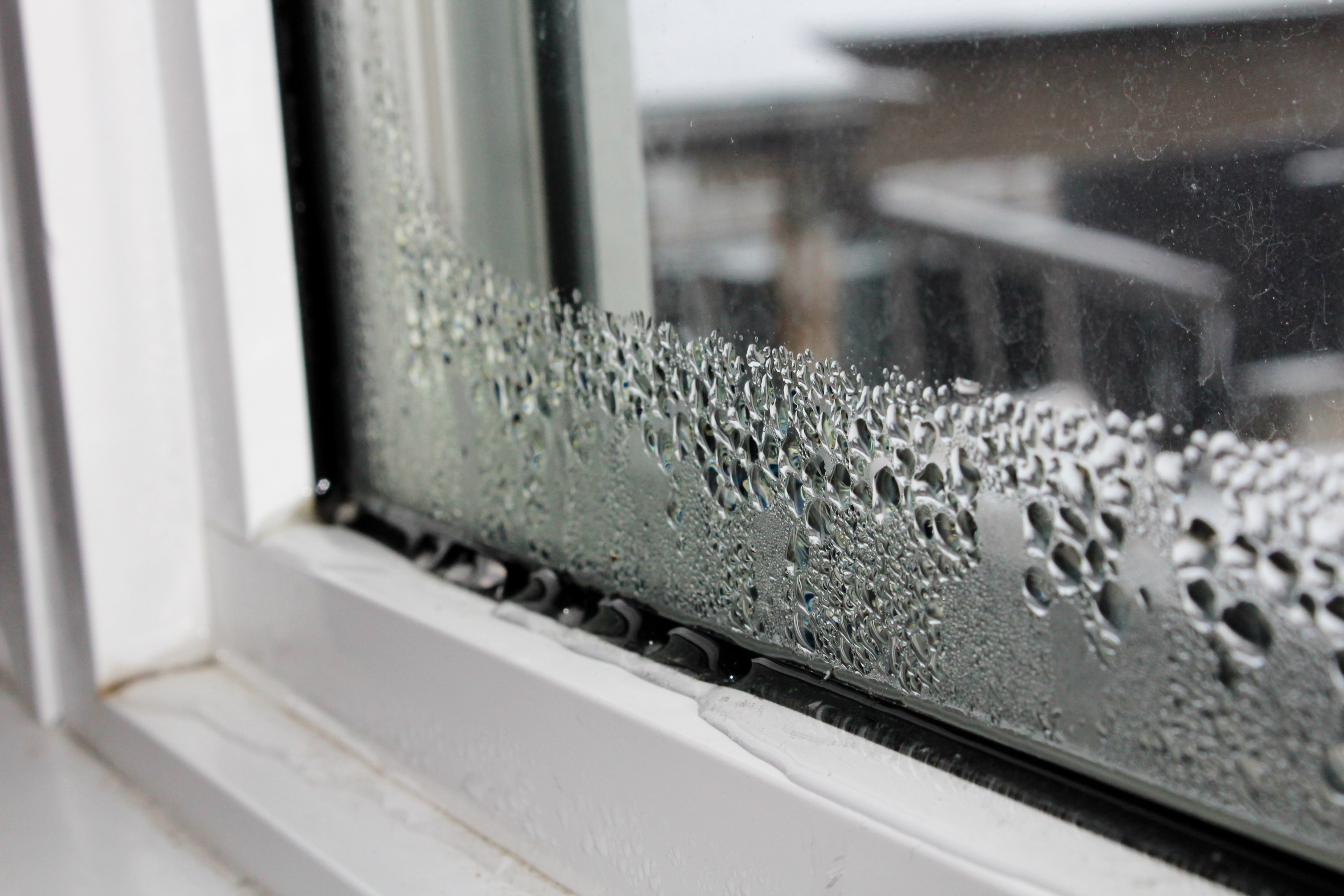Placing houseplants near windows during the summer months can have significant implications for their growth, hydration, and overall health. The intense sunlight and heat that penetrate through glass windows can both benefit and challenge indoor plants, depending on the species and the conditions inside the home.
In this article, we will explore the impact of summer sunlight on common houseplants, focusing on aspects such as hydration, growth, and other variables that might be affected by direct light through house windows. We will discuss specific houseplants and their unique responses to these conditions, offering insights into how to best care for your green friends during the warmer months.
Hydration and Sunlight Exposure
Sunlight can dramatically affect a plant’s hydration needs. Plants close to windows in the summer may require more frequent watering due to increased evaporation from soil and transpiration from leaves. For instance, succulents like Aloe Vera and Jade Plant thrive in bright, direct sunlight and are well-adapted to dry conditions, making them ideal for sunny windowsills.

Their thick, fleshy leaves store water, allowing them to withstand periods of drought. In contrast, tropical plants such as the Peace Lily or Ferns prefer indirect light and higher humidity. When placed in direct sunlight, these plants can suffer from rapid soil drying and leaf scorch, necessitating a careful balance of light exposure and increased watering to maintain their lush appearance.
Growth and Light Intensity
The growth of houseplants is intricately linked to the amount and intensity of light they receive. The sunlight can change dramatically when passing through the glass and it can be refracted or bent, especially if the glass window is made from a process called custom glass bending which has become popular in recent years. Sun-loving plants positioned near a window that receives ample summer sunlight can exhibit robust growth, vibrant foliage, and, in some cases, flowering.
The Spider Plant and Geraniums are excellent examples of plants that benefit from bright light, showcasing enhanced growth and blooming when exposed to full sun. However, too much direct sunlight can be detrimental to shade-loving plants. The ZZ Plant and the Philodendron, for instance, prefer moderate to low light conditions and can experience leaf burn or fading when exposed to intense sunlight for extended periods.
Providing these plants with filtered light or situating them in a spot that receives morning light and afternoon shade can promote healthy growth without the risk of damage.
Other Variables: Temperature and Humidity
Beyond hydration and growth, temperature and humidity levels near windows can also impact houseplants during the summer. Glass windows can amplify the heat from sunlight, creating microenvironments that are significantly warmer than the rest of the room.
Some plants, like the Cactus and other succulents, revel in these warm conditions, simulating their natural desert habitats. Conversely, plants that require cooler temperatures, such as the Boston Fern, may struggle and become stressed in the heat, leading to drooping or yellowing leaves.
Additionally, the increased temperature can lower air humidity, challenging plants like the Orchid or Calathea, which thrive in moist environments. Using humidifiers, pebble trays, or grouping plants together can help maintain adequate humidity levels for these humidity-loving species.
Tailoring Care to Specific Plants
Understanding the specific needs of your houseplants is crucial to ensuring their health and vitality during the summer months. While some plants will flourish in the direct sunlight provided by a south-facing window, others may require the softer light of an east- or west-facing window, or even the diffused light from a north-facing window. Regular monitoring of soil moisture, adjusting watering schedules as needed, and providing shade or filtered light can help mitigate the negative effects of intense summer sunlight.
In conclusion, placing houseplants near windows in the summer can have both positive and negative impacts, depending on the plant’s specific needs and environmental conditions. By considering factors such as hydration, growth, temperature, and humidity, and by tailoring care to each plant’s unique requirements, gardeners can ensure that their indoor plants remain healthy and vibrant throughout the warmer months. Whether it’s the sun-loving Aloe Vera or the shade-seeking Philodendron, understanding and adapting to the needs of your houseplants is the key to thriving indoor gardening during the summer.
If you want to read one of our previous articles on how to choose the correct houseplants for your specific household then click here.


